The year 2020 saw an acceleration in the adoption of technology. Businesses of all kinds upgraded themselves to be omnichannel and served the customers remotely. Logistics and supply chain played a crucial role in effective delivery. Even though some businesses were affected, Target, Best Buy, Walmart stayed open, digitally transformed to handle changes and growth, confidently expanded, adding new stores despite the pandemic.
Target’s CEO Brian Cornell believed in creating experiences both digital + physical even though a lot of businesses were steering online with a lesser focus on physical stores. Here are the top 5 lessons from Target’s quick, agile, response to the pandemic.
Turning stores to upgraded fulfillment centers
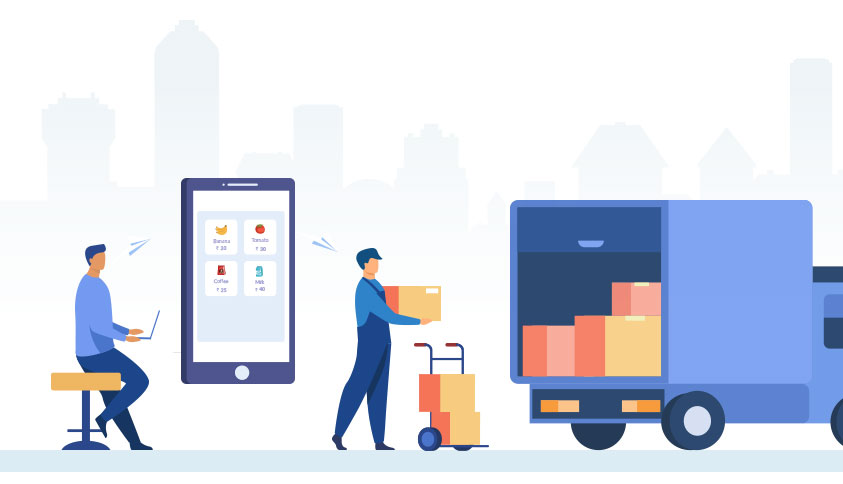
Stores had to upgrade themselves to support all types of ordering from
in-store shopping, curbside pickup, online order be it website or app for same-day deliveries. There was a need to curate and enhance omnichannel experiences. Like BOPIS (buy online and pick up in-store), ROPO (Research Online and Pickup offline), BIMBO (Browse In-store in mobile and buy online) ISU (Instore or Curbside Pick-up, the traditional model) to BORIS (Buy online and Return in Store). To make the above happen, they converted their stores as fulfillment centers ensuring they quickly packed, generated invoices ready for quicker delivery. The last-mile delivery is the most crucial experience in the fulfillment journey. Stores had to tie-up with delivery partners or have their own delivery platform that provides cost-benefit, making them more efficient to perform faster and effective deliveries.
Importance of Speed and Self-checkout
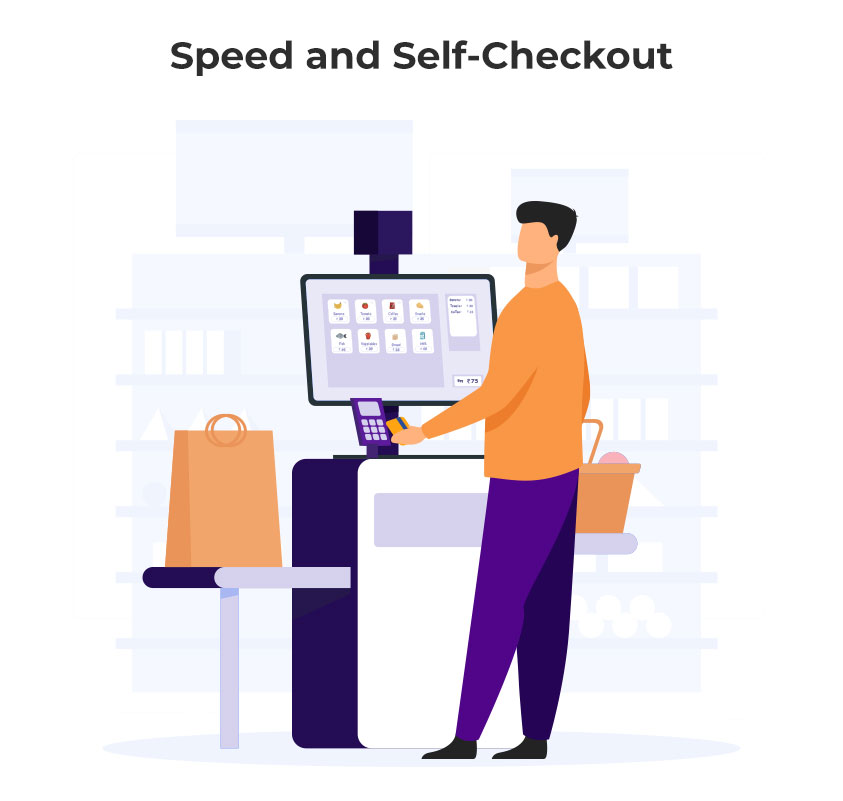
The pandemic resulted in takeaway, pick-up, and delivery not just for food but for other essentials also. Stores had to limit the in-store traffic, minimize contact and ensure they shopped fast. Stores have to innovate continuously and adapt to changing market and consumer needs by introducing new experiences like Kiosks, Endless isle. With Endless Isle, businesses ensured that even though products were not currently available or on the display, consumers placed their orders for a future pick up or delivery. With speed and self-checkout options, cashless payments, contact less-delivery, Target ensured that they removed frictions in all the above user journeys to create a seamless shopping experience.
Shift to discretionary items, SO LESS BECOMES MORE!
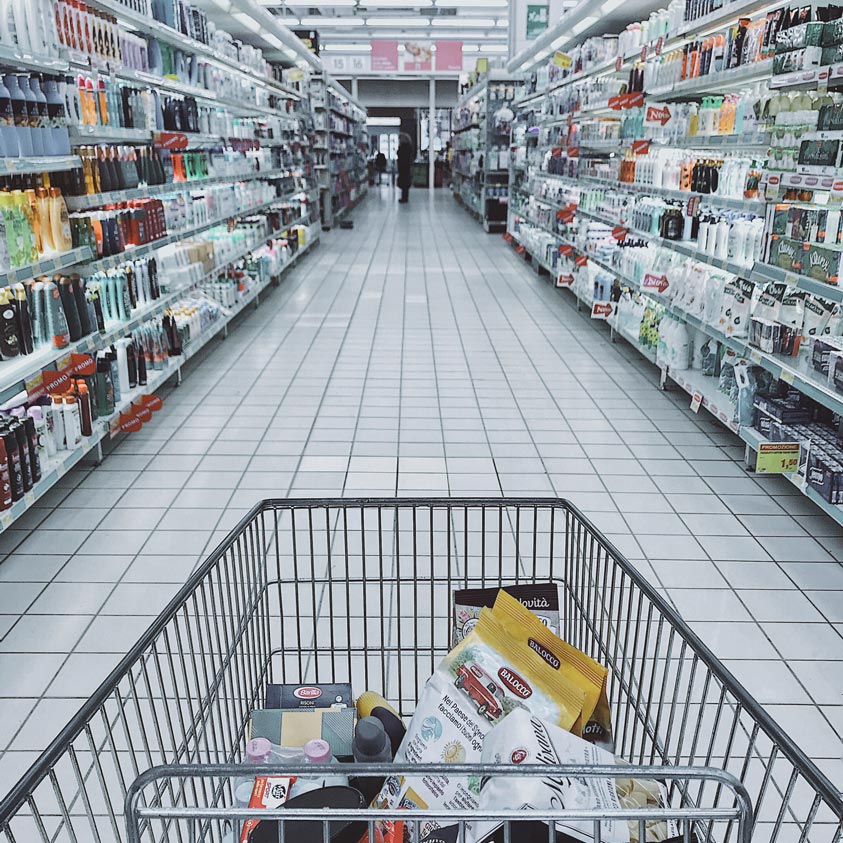
Another Target’s success was from its unique multi-category portfolio. They continuously monitored this data adjusting them to the dynamic needs of the customers. The start of the pandemic saw a huge spike in medication, household essentials, disinfectants, a lot of products for cleaning, and in addition to basic food and groceries. They studied consumer behavior and were quickly able to add more discretionary items like printers, office essentials, food appliances where they saw a lot of food cooking and consumption at home. They adjusted the store space and allocated inventory based on the changing demands. The insights and data analytics brought a lot of confidence in making the right decisions. Accuracy, ease of use, and complete control of inventory are made possible with mobile apps for stock counting, GRN, stock-pick, etc.
Agility the need of the hour
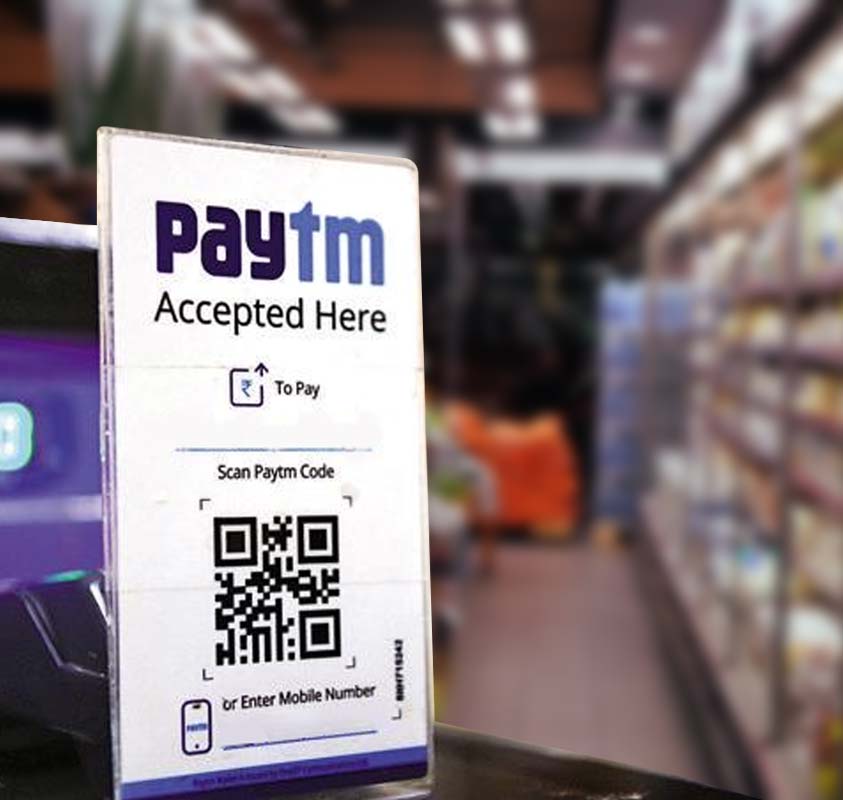
In addition to data and analytics to stock the right items, stores of the 21st century need to re-imagine and re-design new generation digital native solutions. Employee experience saw a huge impact in delivering a delightful experience to consumers. They had to be empowered with the right tools, technologies. With digital jobs getting complex, training is essential. Businesses have to evolve and make solutions as simple and easy to use with minimal training.
Last but not the least, Employee and safety first
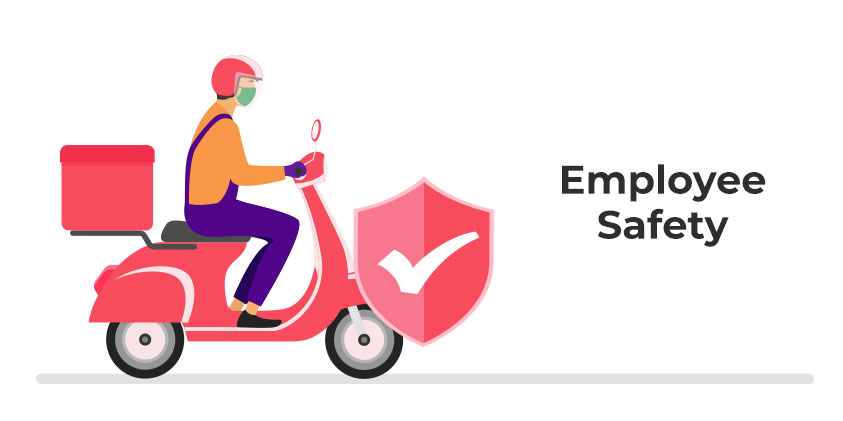
Target attributes its growth by ensuring they put a premium on employee safety. They metered the traffic and footfall over the entire pandemic, ensuring safety protocols were 100% followed. Business operations can be 100% digital but delivery is finally made by human today. It was important for businesses to take care of their employees, measure their experiences and keep them motivated.
Physical stores will continue to enhance the opportunity to grow and can deliver a superior experience to shoppers compared to other channels. Whether it is physical or online, creating delightful experiences for shoppers is the key ingredient to success. The future of POS will be a hybrid blend of the mobile, desktop where all the express checkout, online ordering will be done on mobiles with a hybrid cloud backend ERP systems. Whether it is a new market trend or a pandemic, businesses have to listen to consumers, market, and stay agile. “Success today requires the agility and drive to constantly re-think, reinvigorate, react and reinvent “